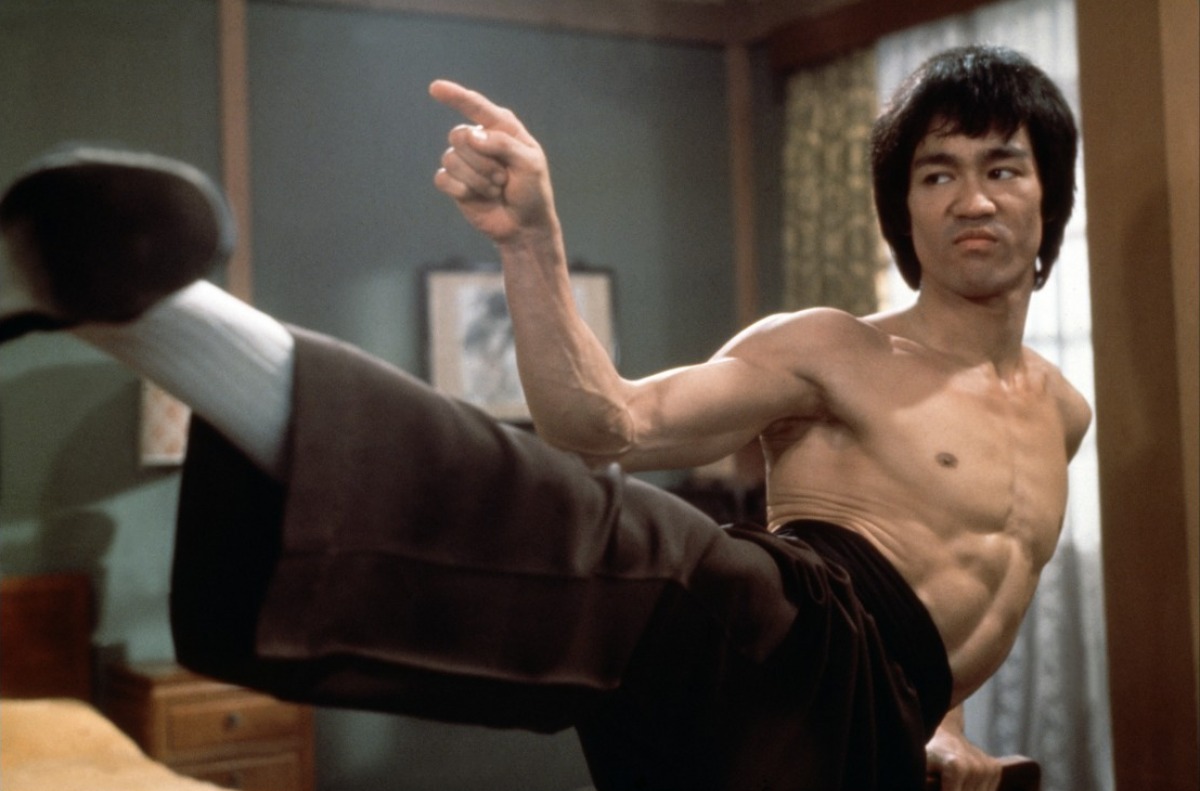An Understanding of Breath Work, Soft Martial Arts and Its Place in the Chinese Healing Sciences (Part 1)
Word Definitions:
Calisthenics – gymnastic exercises to achieve bodily fitness and grace of movement
Chinese medicine is a vast system that utilizes many methods of healing, acupuncture being the most common and widely used. There are, however, different branches to the system of Chinese medicine. One of these branches is exercise. There is a wide range of techniques that constitute exercise in the Chinese health sciences. Typically, it is not just any normal cardiovascular exercise or calisthenics (defined above) that you would find at your local gym (although these will undoubtedly be a part of the overall system).
You are probably familiar with martial arts and, more specifically, Chinese kung fu. For hundreds of years in Chinese culture, this system of movement has been used for both its martial application and for its healing potential . Kung Fu (pronounced ‘gong fu’) translated means ‘time and energy.’ This translation can cover a lot of ground!

Bruce Lee
There are many schools of kung fu throughout China. A large majority of these schools use hard, fast and lethal posturing and movements often times mimicking the natural world. For example: the infamous tiger claw technique or the graceful crane technique. They also incorporate different weaponry into their styles. These systems are considered external martial arts. This is the type of martial arts you will see Bruce Lee or Jackie Chan using in their films. However, there is always a yin side to the yang!
The ‘internal’ or ‘soft’ school of martial arts is equally as vast as the ‘hard’ ‘external’ styles, and draws upon the natural world just as much, but the difference lies in the intention behind them. The hard, external schools are almost completely martial in their application where as the internal styles are more for the benefit of ones circulatory health. That doesn’t mean the soft, internal styles can’t be applied in a combat situation. On the contrary, most times far more effectively and powerfully than the external styles.
To learn about these styles, stay tuned. We will dive into these topics next week.

